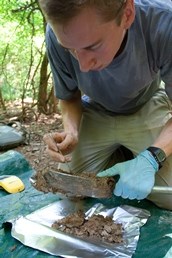
NPS Photo
Information For Researchers
Research data provide valuable information to assist with the management of park resources. The Old-Growth Bottomland Forest Research and Education Center works to integrate research into the visitor experience, park resource management, and educational outreach programs.
Research Needs at Congaree
Please visit our Research Needs Page to learn more about research opportunities at Congaree National Park.
Please contact our Research & Education Center if you are interested in conducting research. To submit a research permit application electronically visit: NPS Permit Guidance
Facilities
Laboratory | Classroom | 12-bed Dormitory | Kitchen | Equipment Storage | Laundry Facilities | Shower/Restrooms
Research Summary Publications
The summary publications below provide the best available translantion of academic reports, scientific data, and scholarly manuscripts to make these resources more accessible.
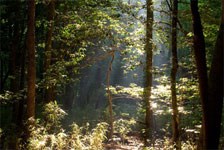
NPS Photo/Steven McNamara
Bachman's Warbler Research Summary: Bachman's warbler is one of North America's rarest songbirds. In 2001, sightings were reported at Congaree National Park. Subsequent searches failed to document any Bachman's warblers, but this study provided insights into long-term ecological trends and calls for hope in conserving other species.
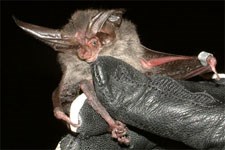
NPS Photo
Bat Research Summary: Congaree and the NPS Southeast Coast Inventory & Monitoring Network partnered with the USDA Forest Service Southern Research Station and Clemson University to conduct research on bat populations and habitat usage. This summary highlights two recent bat research projects and includes some general bat facts.

NPS Photo
Crayfish Research Summary: Little is known about crayfish ecology worldwide, but scientists generally recognize that native crayfish and all the habitats and organisms that depend on them are relatively vulnerable to human impacts.
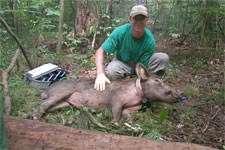
NPS Photo
Feral Hog Summaries (2 Summary Publications): Feral hogs have significant, negative impacts on plants, animals, and habitats across the country - including the floodplain and upland forest ecosystems protected by Congaree National Park.

NPS Photo
Liana Research Summary: Scientists are still working to understand the ecological roles lianas (woody vines) play in forests all over the world. Recent research at Congaree National Park is helping to address many of these questions.

Smithsonian Archives
De Soto Research Summary: The legacy of the De Soto expedition is complicated. It is difficult to understand and judge their actions by modern standards. In any event, these records provide a rich glimpse into the history of Congaree National Park.
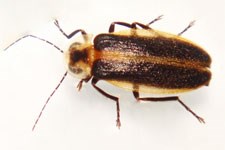
Lynn Faust
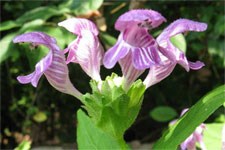
Dr. Katherine Manry, Clemson University
Carolina Bogmint Research Summary: Carolina bogmint (Macbridea caroliniana; MACA), also known as Carolina birds-in-a-nest, is a rare mint found at a few dozen forested wetland sites across the coastal plain of the Carolinas and Georgia. Congaree National Park is home to the largest known MACA population. The paired, purplish-pink blooms of this square-stemmed herb provide a welcome splash of color under the muggy forest canopy from late June to August. On closer inspection, to many people the flowers do indeed look like hungry baby birds reaching up from a nest.
Last updated: October 23, 2014
